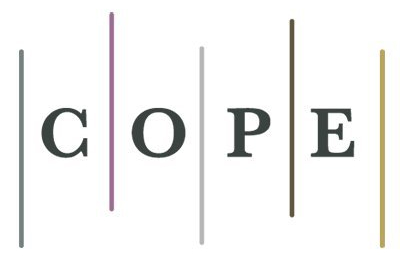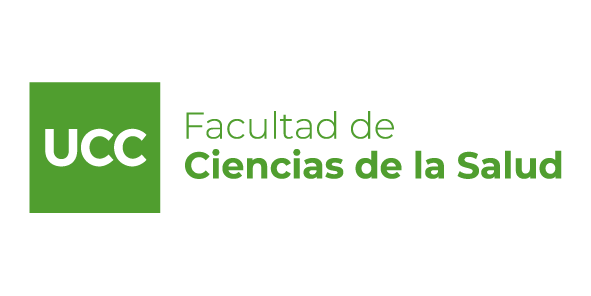Application of artificial intelligence as a tool for optimization in the diagnosis of melanoma
DOI:
https://doi.org/10.22529/me.2025.10(2)03Keywords:
melanoma, artificial intelligence, early detectionAbstract
INTRODUCTION: Melanoma, a skin cancer with increasing global incidence, is prevalent in regions with light-skinned populations. Its ability to metastasize and high mortality rate highlight the need for early detection, for effective intervention and potential reduction of risk of metastasis Strategies such as self-examinations and dermatological check-ups are essential. Artificial intelligence (AI) has emerged as a tool with greater precision and speed in the analysis of skin images.
OBJECTIVES: 1. Achieve optimization in the early diagnosis of melanoma through AI as a collaborative tool in dermatoscopy. 2. Determine the diagnostic accuracy of Artificial Intelligence as a tool in dermatoscopy vs. the diagnosis of the human eye through a specialized dermatologist.
MATERIAL AND METHODS: This is a prospective, cross-sectional cohort study.
At Avedian we developed a deep learning model for the detection of melanoma. We trained the model with 12,000 images (sample size n: 12,000 images; the required sample size according to Machin' s calculation is 526 images) obtained from the database obtained from the international skin imagine collaboration, and we carried out a comparative study of image classification of melanomas and healthy moles. On the other hand, we gave 40 images to 2 dermatologists specialized in the detection of nevi and melanomas, who were asked to classify these images according to their experience and clinical criteria, in binary form.
RESULTS: The comparative study showed an overall accuracy of the AI deep learning model of 82.5%, with 85% for nevi and 80% for melanomas, compared to the binary classification system of dermatologists,
(61%), with a sensitivity of 85% and specificity of 82%, confidence level of 95%.
CONCLUSIONS: The integration of AI in early detection promises significant advances in the diagnosis and treatment of melanoma and allows for the optimization of early diagnosis tools.
References
- Paula A. Enz, Alicia Kowalczuk, Ricardo Galimberti. Melanoma (parte 2) Clínica, estadificación y seguimiento. Artículo de Revisión. Rev. Hosp. Ital. B.Aires Vol. 24 Nº 2, diciembre 2004. https://www.hospitalitaliano.org.ar/multimedia/archivos/noticias_attachs/47/documentos/13612_Ital2004%202%2053-60.pdf
- Á.Pizarro, J.L. Santiago, D.I. Santiago. Prevención y diagnóstico precoz del melanoma con Dermatoscopia: una perspectiva biológica. Actas Dermo Sifiliográficas. 2015;106(1): 3- 6. https://doi.org/10.1016/j.ad.2014.06.005
- A.Martorell, et Al. Inteligencia Artificial en dermatología: ¿amenaza u oportunidad? ACTAS Dermo-Sifiliográficas 113(2022) 30-46. 4- The International Skin Imaging Collaboration. Disponible en https://doi.org/10.1016/j.ad.2021.07.003
Published
How to Cite
Issue
Section
License
Copyright (c) 2025 Methodo Investigación Aplicada a las Ciencias Biológicas

This work is licensed under a Creative Commons Attribution-NonCommercial-ShareAlike 4.0 International License.




















